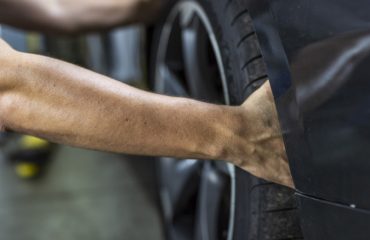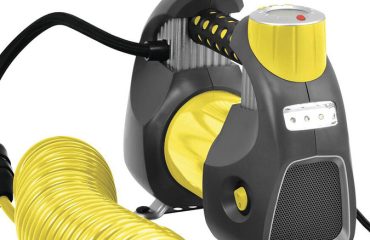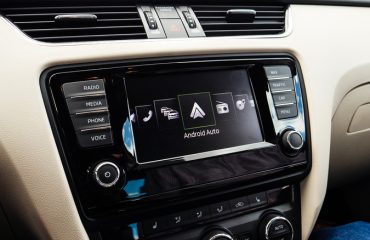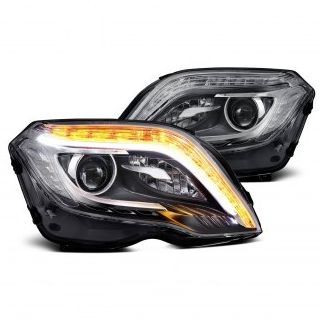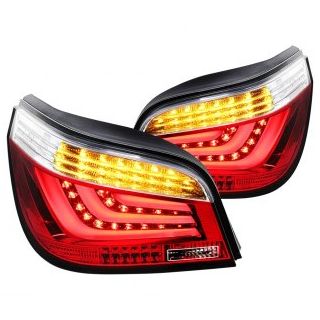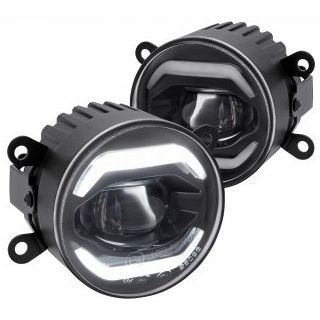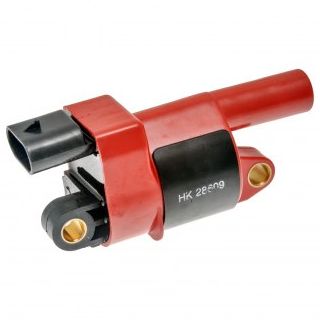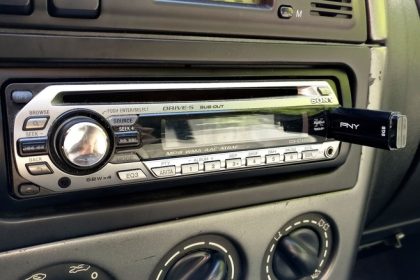
Size is the primary difference between a single-DIN and a double-DIN car stereo. A double-DIN stereo is typically twice the height of a single-DIN radio. The DIN refers to a German standardized unit created by the Deutsches Institut für Normung. A single-DIN stereo is generally two inches tall and seven inches wide, while a double-DIN is four inches tall and has the same seven-inch width.
Meanwhile, some stereos straddle the line between a single-DIN and a double-DIN. Commonly referred to as a “DIN-and-a-half” or a 1.5 DIN, it was a common sight in older GM trucks, but most modern vehicles could accommodate a single-DIN or dual-DIN with few modifications.
Another difference is the screen size. Double-DIN stereos have bigger screens due to their larger size and would typically come with touchscreen functionalities. On the other hand, a single-DIN radio has no touchscreen and would generally have a smaller display screen.
Are double-DIN car stereos better than a single-DIN unit?
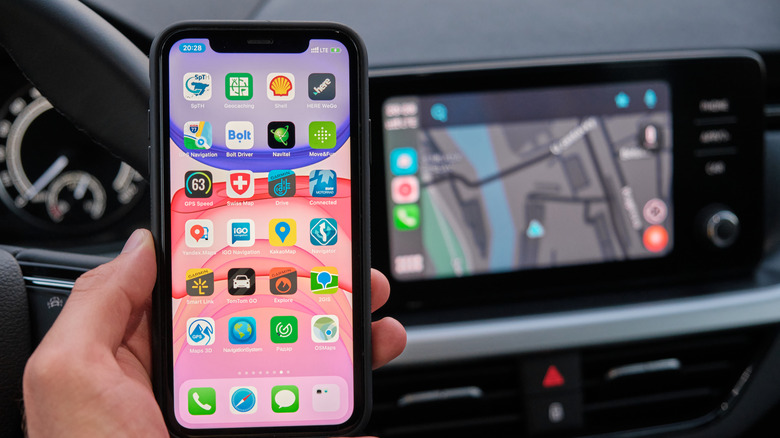
When it comes to sound quality and power, double-DIN stereos are no better than a single-DIN radio. They have the same functions and can produce the same detail and sound clarity. Due to their bigger size, double-DIN stereos have specific advantages like touch-enabled screens, more bespoke features, smartphone integration (Apple CarPlay & Android Auto), built-in GPS navigation, compatibility with front and rear parking cameras, and more.
However, there are drawbacks to choosing a double DIN over a single DIN. Double-DIN radios are typically costlier and are more challenging to install with more wires and connectors. Moreover, upgrading from a single-DIN head unit to a double-DIN might require modifications to the center console. Not all vehicles are identical; some might require wiring adaptors and mounting kits to accommodate a double-DIN stereo.
Single-DIN radios are more affordable, compact, and easy to install. But upgrading to a double-DIN stereo is the next best step if you need more tech integrations like music streaming and smartphone connectivity in your car. Remember that installation or mounting kits and wiring adaptors are generally required when upgrading from a stock to an aftermarket car stereo. When in doubt, it’s always best to consult a professional.
